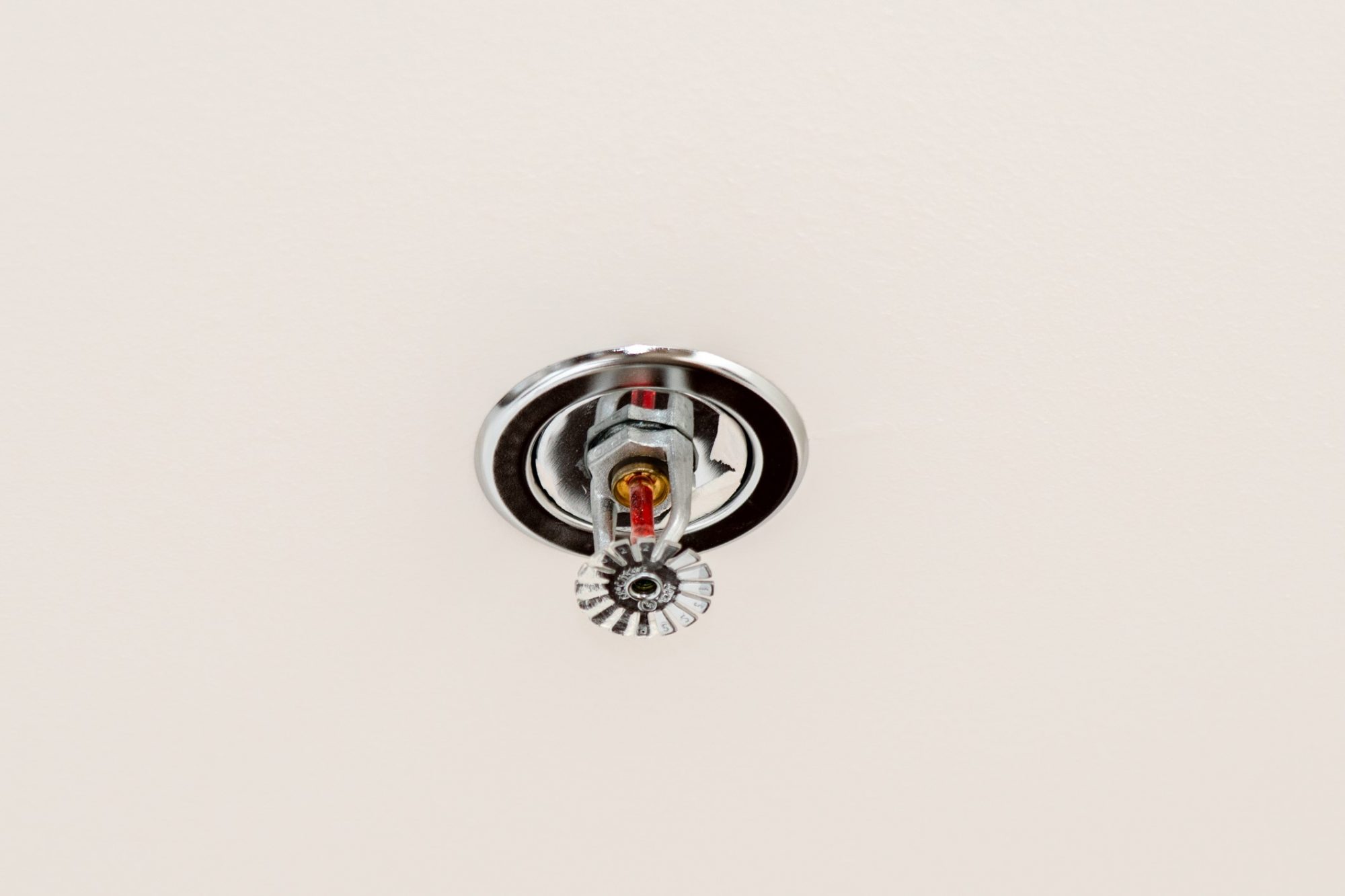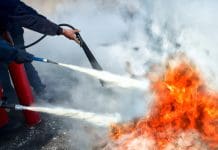SSAIB Chief Executive Geoff Tate describes the BAFE SP205 UKAS-accredited certification scheme’s aims, what it involves and the benefits to customers and certificated service providers alike
The important area of fire protection standards is one that British Approvals for Fire Equipment (BAFE), the independent third party registration body for the fire protection industry, is dedicated to improving. Established 30 years ago as an independent not-for-profit organisation, it’s supported by statutory bodies, fire and rescue services, insurers, and leading trade and certification bodies including SSAIB.
BAFE’s objective is to bring a single registration scheme to market for each fire protection product or service for which third party certification is considered appropriate, and life safety fire risk assessment is one of the most recently introduced of these. In England and Wales employers, owners, landlords or occupiers of business or other non-domestic premises are responsible for fire safety and known as the ‘responsible person’/‘duty holder’ – fire safety rules are different in Scotland and Northern Ireland.
Competence and training
It’s essential that the person(s) carrying out the fire risk assessment are competent and have received appropriate specialist training, while the purpose and scope of the assessment should be clearly specified and the resulting documented assessment should be ‘suitable and sufficient’. While the fire risk assessor has a duty of care to the organisation involved, ultimate responsibility for the adequacy of the fire risk assessment rests with the duty holder (normally a company) or responsible person. This follows a change in fire safety law with the introduction, in October 2006, of the Regulatory Reform Order (Fire Safety) 2005.
Given these circumstances, BAFE’s SP205 UKAS accredited certification scheme enables those responsible, and required under law to carry out a fire risk assessment of a premises, to employ a specialist third party company to provide this. Taking such a step will allow them to demonstrate that they’ve taken the necessary reasonable action to comply with their legal obligations and requirements under fire safety legislation.
Besides those responsible for carrying out such an assessment, the new independent third party certification service offered by SSAIB and others will also benefit fire risk assessment providers, who’ll be able to use their accreditation to attract end user customers. Certification provides a benchmark recognition of a company’s capability in providing high quality fire risk assessments – by showing that they have the required technical and quality management competency, and that their assessors possess the relevant proficiency and knowledge.
Interest in fire risk assessment is growing steadily, driven by factors including the scope of the Regulatory Reform (Fire Safety) Order 2005 in England and Wales and the equivalent Scottish legislation – the Fire (Scotland) Act 2005 – and Northern Ireland – the Fire and Rescue Services (Northern Ireland) Order 2006. Achieving SP205 certification offers accredited providers with a significant marketing tool by enabling them to display a valuable certification mark (including the ‘crown and tick’ logo). Here at SSAIB we’ve invested time and resources in achieving this UKAS accredited approval, so that end users with responsibilities under the law can rest assured that risk assessment service providers holding certification approval will provide fire risk assessments that fully comply with the law.
Independent views
So how do companies themselves, who’ve already achieved been certificated under the BAFE SP205 scheme, feel it will provide benefits? Michael Clifford, Managing Director of one company – Beacon Fire Safety – which gained it last year, comments: “This will assist us in demonstrating to our existing and potential clients that we are a competent provider of fire risk assessments and that we are serious in proving this commitment to them.”
Meanwhile, offering another independent viewpoint is Paul Gotthardt, Director of Fire Safety Solutions. He believes the scheme allows customers an easier way of ensuring that the responsible person/duty holder has fulfilled their obligations: “Gaining SP205 certification helps me to prove to our existing and potential clients that we carry out due diligence and are up to the mark. A little, or indeed the wrong knowledge, can be dangerous and the SP205 scheme provides a benchmark for reassurance.
This is a tremendous marketing tool and we’d recommend it to others.”
Fire risk assessment – what’s involved
A fire risk assessment is a process involving the systematic evaluation of the factors that determine the hazard from fire, the likelihood that there will be a fire, and the consequences if one were to occur. The process involves a physical inspection of the building to determine the adequacy of the existing fire precautions and the need for any additional measures. Of equal importance to the physical inspection is a review of fire safety management in the organisation and consideration of the human factors – how people will respond to an emergency and whether they will take appropriate action.
The scope of a survey involved in a fire risk assessment should include fire hazards, emergency escape lighting, compartmentation, fire detection and fire alarm systems, and smoke control systems. Courtesy of CS Todd & Associates Ltd.
SSAIB, the UK’s leading fire, security and telecare certification body for organisations – which celebrates its 20th anniversary in 2014 – also offers a range of management systems certification schemes, including ISO 9001 quality management systems certification and ISO 14001 environmental management systems certification. Over 1500 companies are now on the SSAIB’s register.
***********
Geoff Tate
Chief Executive
SSAIB
Tel: 0191 296 32 42

















